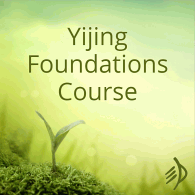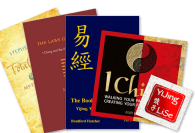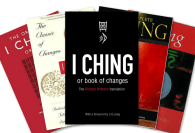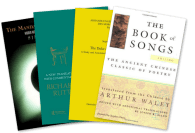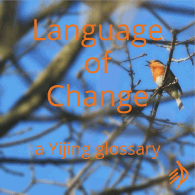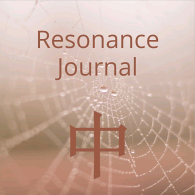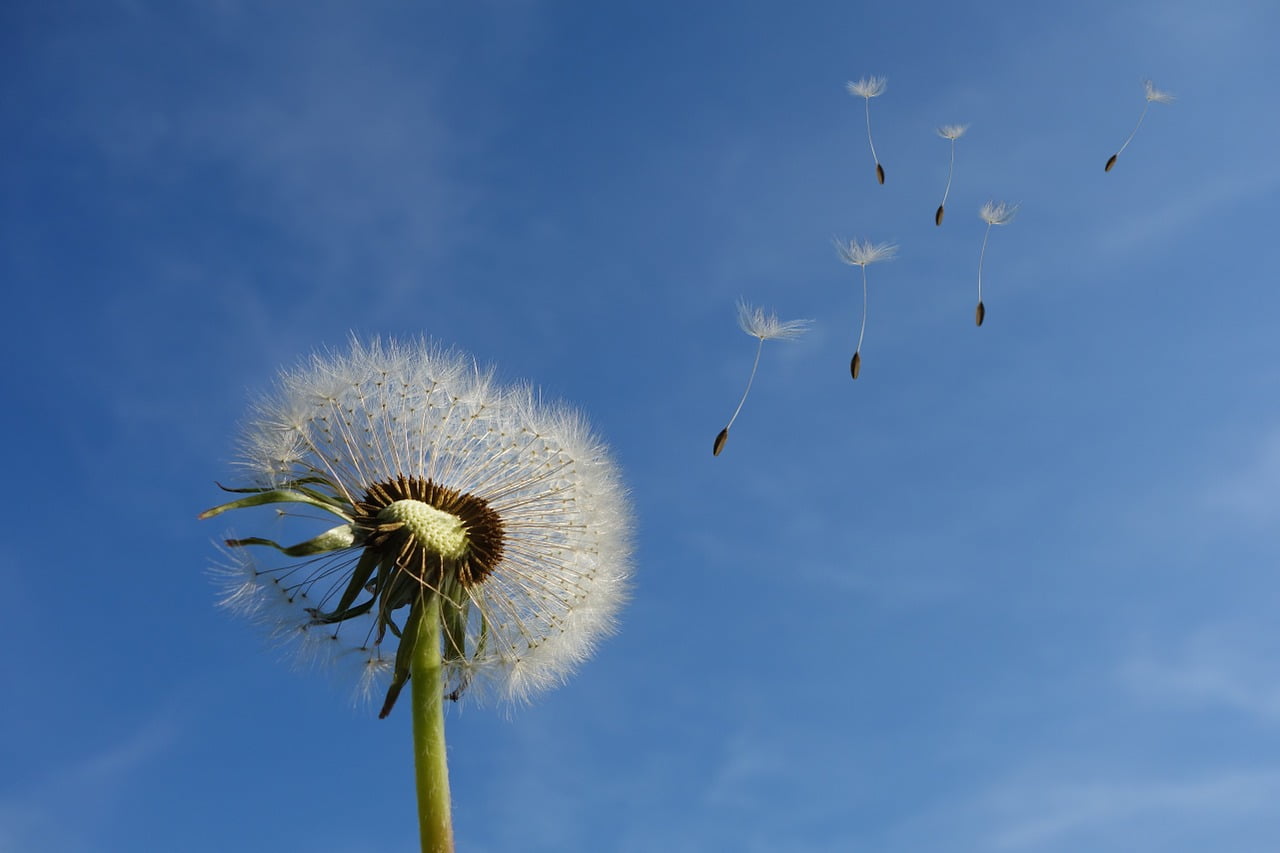Nuclear families of 37 and 38
Back in 2007, I wrote about the nuclear family of Hexagram 37, People in the Home. That’s the four hexagrams that contain 37 as a nuclear, coiled in potential within their inner lines. If you unpack lines 2,3,4 and 3,4,5 from any of these hexagrams – – you see Hexagram… Read more »Nuclear families of 37 and 38
